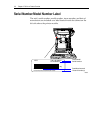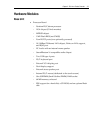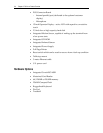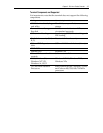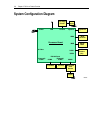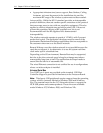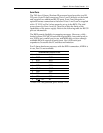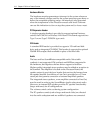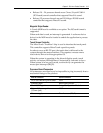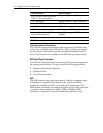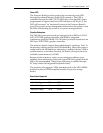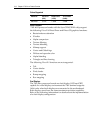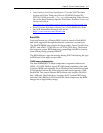
2-10 Chapter 2: 7401-4xxx Product Overview
• Appropriate infrastructure (server support, Base Stations, Ceiling
Antennas, etc) must be present in the installation site, and the
maximum RF range of the wireless system must not be exceeded.
Interoperability - While the 802.11 standard provides an interoperable
protocol definition, there are vendor-specific extensions to the protocol
that encourage users to stay with one supplier's equipment. This also
applies to wireless infrastructure and access points, 802.11 does not
govern this operation. Mixing of RF suppliers on a site is not
recommended until the RF suppliers have demonstrated
interoperability.
The wireless networks operate at speeds of 1-2 MB/s with 2 percent
packet loss typical. The application developer must be aware of the
performance limitations and design applications that are acceptable to
the customer when run over the slower network.
Remote Wakeup over the wireless network is not possible because the
cards do not support it. An alternative is to use the system real-time
clock wake up at a scheduled time.
Depending on the OS environment, Remote Boot may be supported,
but due to the slow network speed a large boot image may take an
unacceptably long time to load. The application developer needs to
ensure that the load is of reasonable size.
The wired Ethernet connection is not certified for use in configurations
where a wireless adapter is installed.
Universal Serial Bus
Two USB Type-A ports are provided on the terminal. USB Host
Controller support is provided in hardware on the Processor Board.
Note: Third party USB peripherals require support from the operating
system, which is currently limited to Windows 2000 and Windows
Xpe. The terminal must use the I/O Networks drivers to support the
NCR USB printer and scanner products. These drives are available
under Windows NT, Windows 2000, and Windows XPe.



